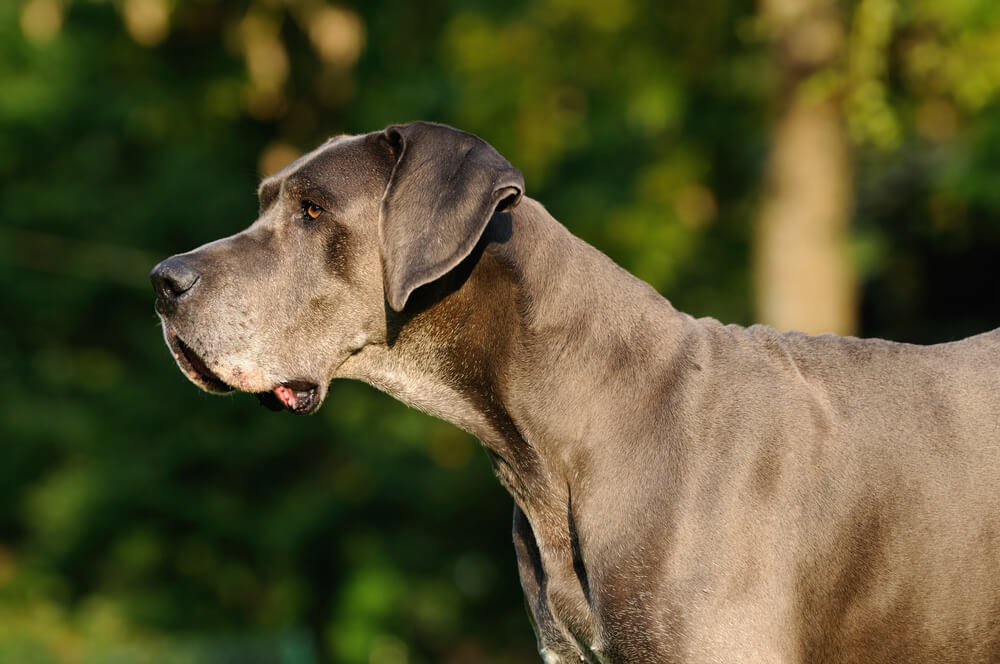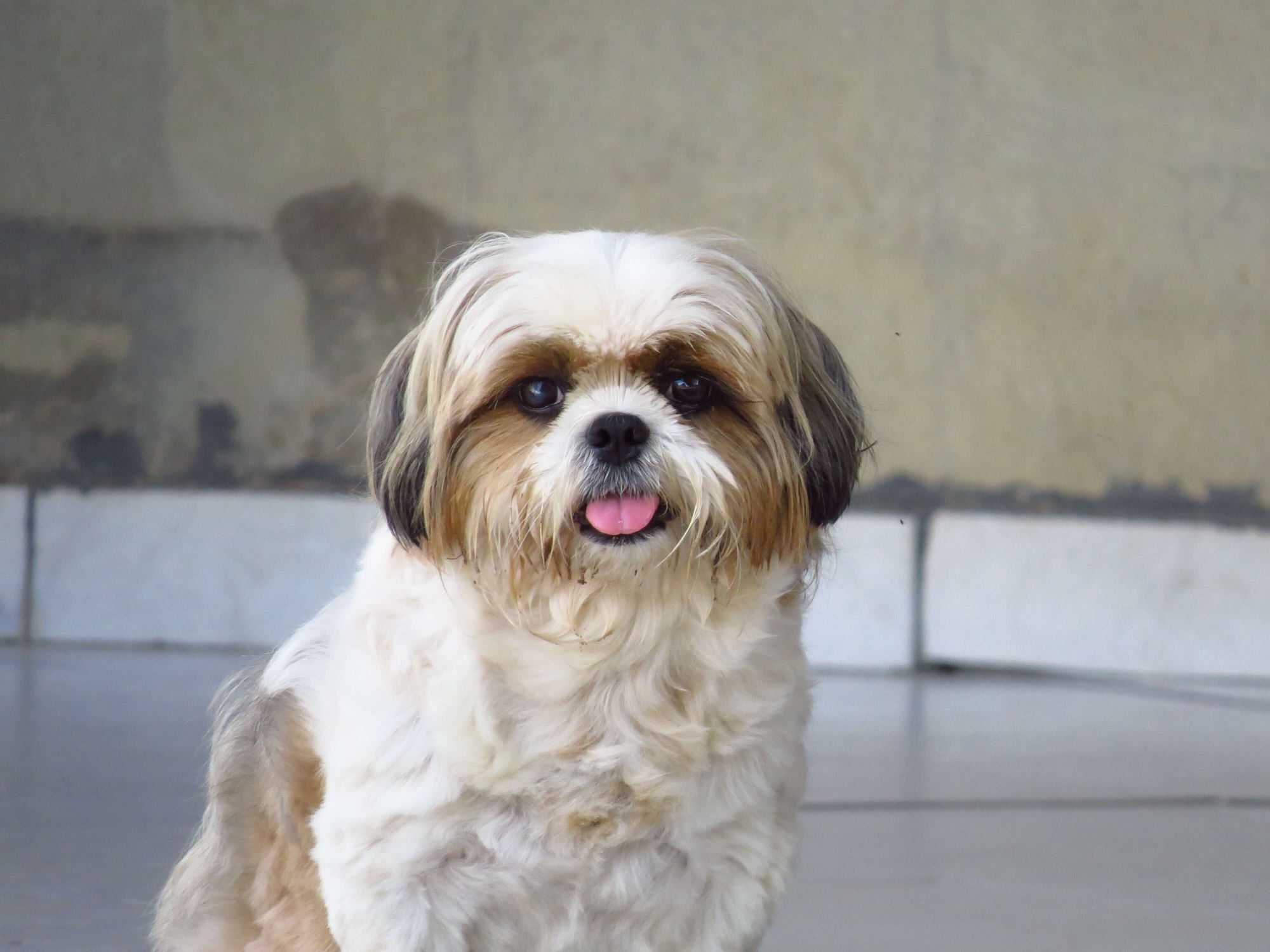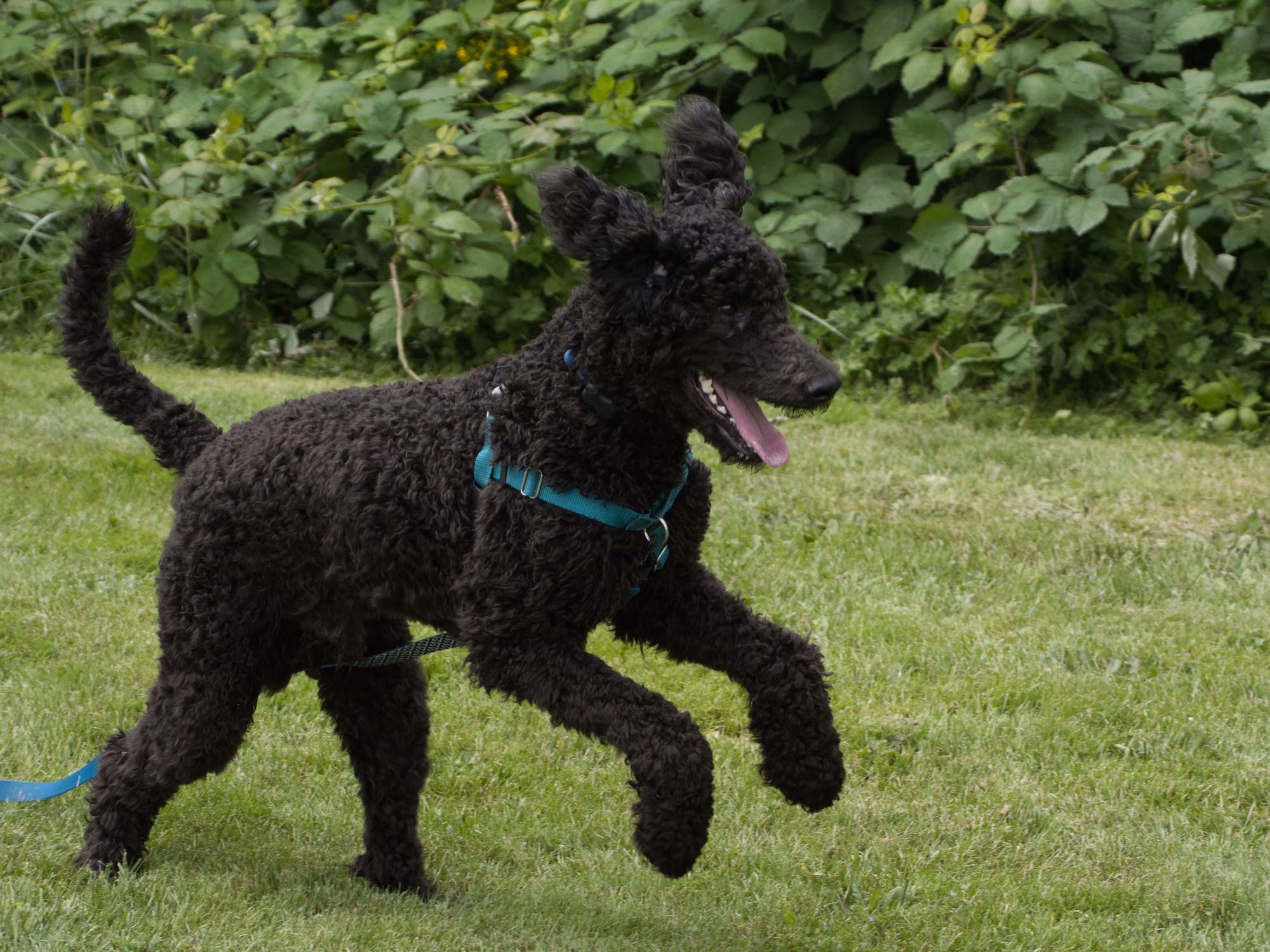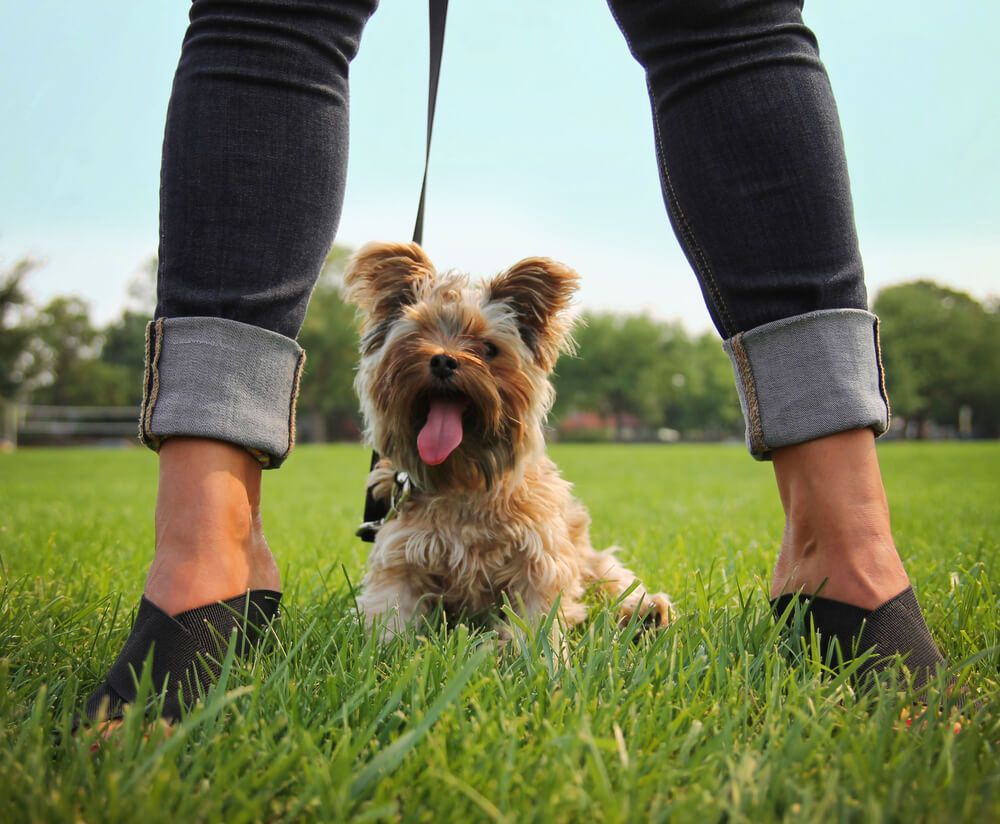Hey Ollie blog readers! We’re offering you an exclusive 60% OFF your starter box! Try now!
Usually, the first word that comes to mind when you think of a Great Dane is larger than life! These big, beautiful dogs have a way of capturing attention wherever they go. Have you ever wondered where this breed came from and if they make good pets? Read on to learn all about these majestic dogs.
The history of Great Danes
According to the Great Dane Club of America, “As early as 3000 BC, carvings of dogs on Egyptian tombs depict the Great Dane. Archeological evidence exists of a Dane-type dog used for hunting and to fight bears and bulls. However, the Great Dane as we know it today was developed in Europe during the 1800s and declared the national breed of Germany in 1876. As a boarhound, the Dane of yesterday was very different, both in structure and temperament from the Dane of today. When no longer used for hunting, the breed changed to one of a companion and estate guard dog.”
Today you’ll see Great Danes enjoying the leisurely life as a family pet or strutting their stuff in the show ring. Some of them live in the city surprisingly well, make great family pets and enjoy participating in dog sports.
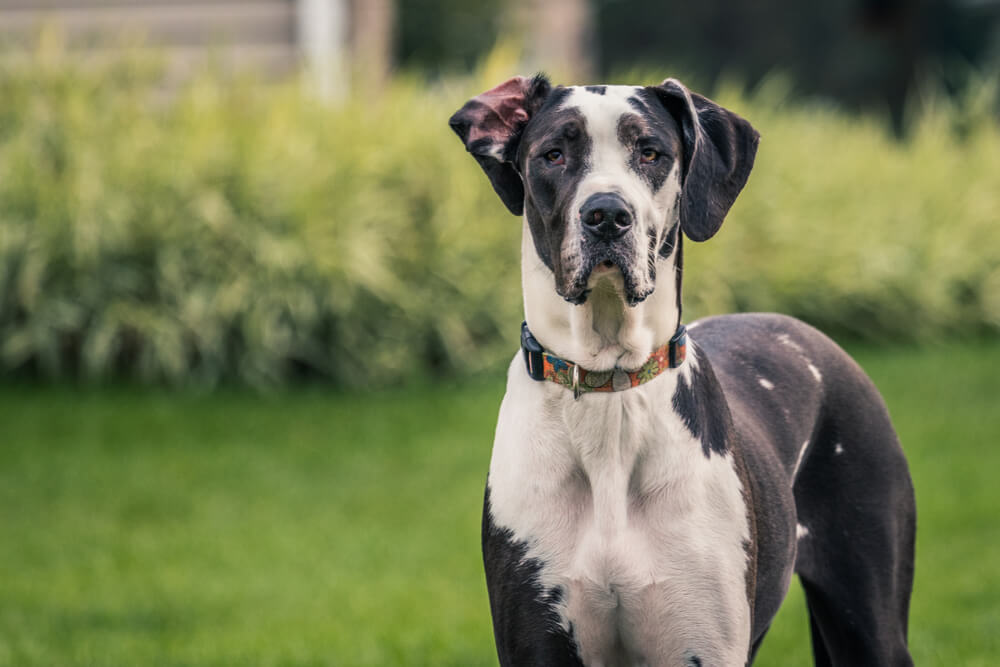
General characteristics of Great Danes
- Large but elegant build
- Medium-length hair
- Light to average shedders
- Relatively short life expectancy
Great Danes generally measure 30 to 32 inches tall and weigh anywhere from 110 to 175 pounds. Female Great Danes tend to be on the smaller end of these ranges and top out closer to 140 pounds whereas males are generally 140 – 175 pounds. They have tall pointy ears and long faces. You generally don’t miss a Great Dane when you’re walking down the street near one. If their size doesn’t get your their beautiful coat might. Great Danes can be seen in a variety of colors including Black, Blue, Fawn, Brindle, Harlequin, Mantle, and Merle.
Great Danes coats don’t get too long which makes them lower maintenance grooming wise then, say a poodle or even a smaller dog like a Shih Tzu. They don’t require complicated haircuts or even frequent baths unless they get into something dirty or smelly of course! Remember to keep up with ear cleaning, nail clipping and teeth brushing. Long nails can cause pain or infection if not maintained properly. Oral health is also important for dogs! Remember to keep their teeth clean as you don’t want your pup to get a periodontal disease or need costly dental work.
Great Danes don’t shed as much as some other dogs like Cavalier King Charles or Golden Retrievers. With these dogs, you won’t need to spend large parts of your day sweeping up hair. They’ll generally have 2 heavier sheds per year. To minimize shedding you can brush them out regularly. In addition to helping with shedding, brushing can be a great way to bond with your dog if it is something they enjoy.
Living up to the saying that the larger the dog the shorter the life expectancy, Great Danes live on average only 7-10 years. By contrast, some pugs can live 13 years or more on average. The American Kennel Club says the leading cause of death in Great Danes is study. While we don’t know exactly why dogs get bloat, we do know that giving smaller more frequent meals and avoiding vigorous exercise near mealtime helps dogs avoid it. Some breeders or veterinarians may discuss with you a preventative surgical procedure called a prophylactic gastropexy which can help prevent your dog from developing a more serious form of bloat called gastric dilatation-volvulus. Additionally, Great Danes are prone to eye and cardiac diseases, hypothyroidism, and autoimmune thyroiditis, and hip dysplasia. A responsible breeder will screen dogs before breeding and puppies after they’re born.
5 Temperament traits of Great Danes
1. Playful
Great Danes are known for their playful personalities. They are great with kids but due to their size, they may need to be taught to be gentle with small children. As with any other breed of dog, you should not leave young children and dogs unsupervised.
2. Affectionate
Great Danes are affectionate dogs and they love to please their humans. They are happy to spend time with the family – whether that means strolling along a walking trail or on the couch for a movie night. Beware of their extra long tongues licking your face – you might want to keep a towel handy!
3. Easy to train
If you’re looking for a dog that is easy to train, look no further. These pups are intelligent, fast learners and want to make their humans happy. Make sure to start training and socializing as early as you can. Go slowly and use tons of positive reinforcement. Due to these dogs’ size and strength, you want to teach them good manners on a leash and give them the confidence to be in the world. You don’t want a full-sized 175 pound Great Dane to pull you down the street or lunge at another dog (even if he is just saying hi). You also don’t want your pup to be fearful or spooked. While this may be true of any dog, it is especially true with a large breed, they could run or get stuck somewhere and injured if they get scared. While scary things can always happen, make sure to socialize your dog to common sights and sounds they may encounter where you live. This could include traffic noises like cars and horns honking, ambulance and police sirens and lights, bicycles or skateboards and people of all ages.
4. Friendly with other dogs
Great Danes friendly personality extends to other dogs. Again, this comes down to appropriate socialization. Make sure to get your pup enrolled in a puppy class or obedience school when you bring them home. In addition to learning basic obedience commands, many of these classes help puppies and dogs learn how to interact appropriately with other dogs. Look for trainers who use positive reinforcement and fear-free training methods. You also want them to teach you about how your dog communicates. Look for signs of playfulness, that your pup is relaxed and having a great time. Your trainer will also teach you to look for signs your pup is stressed, upset, tired or annoyed. Learning these subtle cues will help you set your dog up for success and lifelong friendships with other dogs.
5. Separation anxiety is common
For whatever reason, Great Danes are prone to separation anxiety. With a dog as large as a Great Dane, this can be especially dangerous. Like any dog, they can get injured if they scratch at their crate (or your walls) or do something destructive when you’re gone – like eat your sofa or chew up a dog toy. To combat this, you’ll need to be a bit proactive. Start crate (or wherever your dog will stay when you’re not home) training as soon as possible. Show your dog the crate or space and let them check it out. Provide some delicious treats while they do this. Once the pup has made some positive association with the space, have them go in the space without you. Leave the door open and give your dog rewards for hanging out in the space. The next step will be to leave for 5 minutes or so. Don’t go too far so you can hear if your dog is barking, crying or scratching. When you come back, reward the dog, offer praise and attention. If your pup was quiet and happy in the space, continue to increase your duration every time you leave. If you’re struggling with separation anxiety, you might want to bring in a pro like your vet or a trainer. They can help make sure there isn’t a more serious issue and help with behavior modification and a plan that is tailored to your dog.
Great Dane behavior and personality
For their size, Great Danes are generally calm and docile dogs. Their pleasant disposition makes them great family pets or even working dogs. They are easy to train and enjoy being around people. They are eager to please and be a part of the family. Great Danes can become quite protective when they feel like they need to be. While they aren’t big barkers, they can develop a demand or nuisance bark if they are not getting enough attention or exercise. While these pups are happy to hang out and enjoy a life of leisure, make sure they are getting a chance to run around and stretch their legs daily.
While these large dogs are generally not aggressive, if they become aggressive it can be an issue due to their size alone. If your pup is showing any signs of aggression even from a young age, make sure to work with a trainer to get to the root of the issue and correct it. This is for your own safety as well as your dog’s safety and wellbeing!
If you are thinking about adding one of these good dogs to your family, look for a reputable breeder or rescue to find your perfect new best friend!
The Ollie blog is devoted to helping pet parents lead healthier lives with their pups. If you want to learn more about our fresh, human-grade food, check out MyOllie.com.
Tagged As:

The nutrition your dog needs,
the food they want.

Enjoying our articles? Subscribe our Newsletters and get new articles directly to your inbox
You might also like
18 September 2025
7 MINS READ
Shih Tzu Breed Guide: Shih Tzu Pros and Cons
Thinking about bringing home a Shih Tzu? This guide breaks down the breed’s personality, grooming needs, and whether it’s the right fit for your life.
21 July 2025
6 MINS READ
Poodle Breed Guide: Pros and Cons of Poodles
Curious about Poodles? This detailed Poodle breed guide breaks down the key pros and cons, plus tips on caring for Standard, Miniature, and Toy Poodles.
25 March 2025
6 MINS READ
Yorkie Dog Breed Guide: Yorkie Pros & Cons
Thinking about adding a Yorkie to your family? This Yorkie dog breed guide covers the pros and cons, care tips, and what to expect with these tiny, spirited pups.
